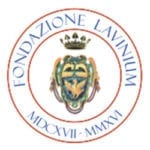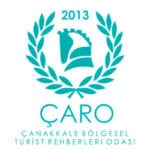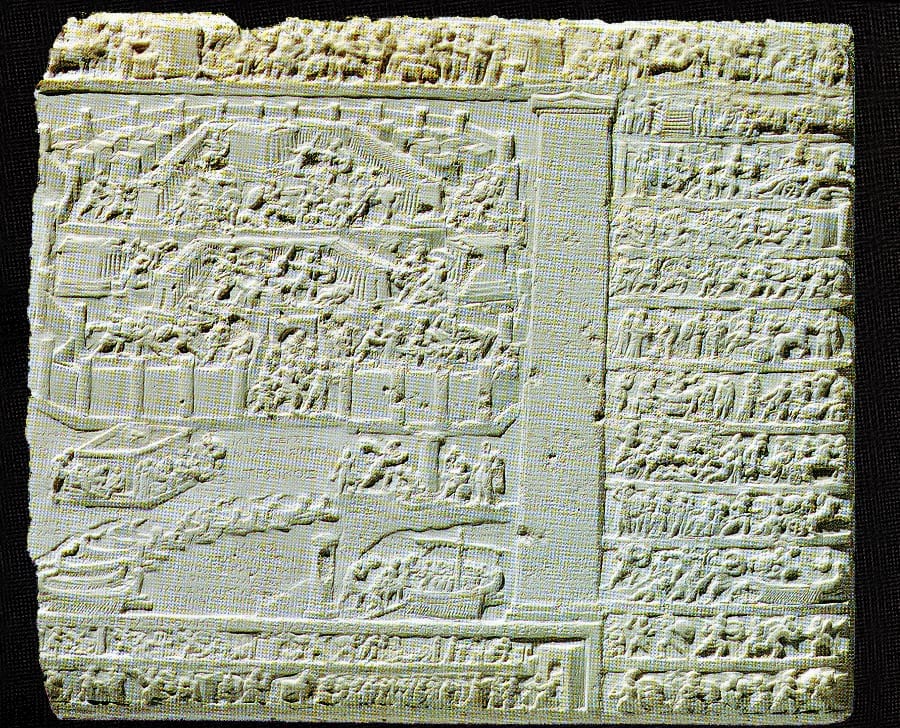Myth in-depth
Myth in depth
"Homeric hymn" to Aphrodite
In the composition, dating back to the VII-VI century B.C., Aphrodite, assuming a human aspect, goes to Mount Ida to meet Anchises, who immediately falls in love with her. Her beauty is such that Anchises suspects she is a goddess, but Aphrodite denies and claims she is a Phrygian princess destined to marry him. After their union, Aphrodite, having resumed the aspect of divinity, prophesies to Anchises that she will have a son destined to reign over the Trojans and a glorious lineage through which she will reach a sort of immortality; however, it requires them to never reveal their love. When Aeneas is born, Anchises will say that the baby is the son of a nymph; he will be raised by the Oreadi nymphs on Mount Ida and at the age of four he will go to live with his father in Troy. (https://www.cairn.info/revue-de-philologie-litterature-et-histoire-anciennes-2009-1-page-87.htm )
Stesicorus of Imera
Sophocles
Hellanic of Lesbos
Lycophron
More information





























